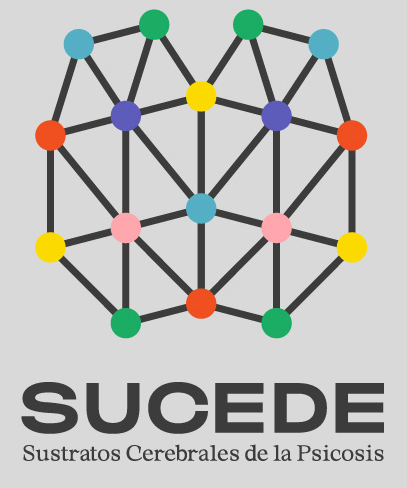Ipseity in Schizophrenia: Towards a Definition of Valid Biotypes
The recent doctoral thesis defense rehearsal, presented by Marta Hernández from the SUCEDE – Sustratos Cerebrales de la Psicosis (Cerebral Substrates of Psychosis) team, addresses a crucial paradigm shift in the study of schizophrenia. The work is titled “Neurocognitive assessment, anomalous self-experiences for the definition of valid biodifferentiated groups within schizophrenia” and proposes redefining the disorder based on objective biological markers and internal experiences.
The Phenomenological Core: ASEs
The thesis focuses on ipseity (the fundamental experience of oneself as the core of lived life) and its alteration, the Anomalous Self-Experiences (ASEs). These ASEs are considered the phenomenological core of schizophrenia and manifest in disturbances such as pathological hyperreflexivity (overthinking what should be automatic) and the sensation of depersonalization (not feeling like oneself).
The interest of this research lies in the search for subgroups (biotypes) of patients, differentiated by neurobiological bases, that go beyond the current symptomatic classification.
The Three Key Research Studies
The thesis is structured around a compilation of three publications that explore ASEs in relation to cognition and cerebral activity:
- Validation of an Assessment Tool: The Psychotic-type Anomalous Self-Experiences Inventory (I-PAS) was adapted and validated for Spanish speakers. This instrument proved to be a reliable and practical tool for evaluating ASEs in the Spanish-speaking population.
- ASEs and Cognition: Results showed that certain dimensions of ASEs were inversely related to motor speed and problem-solving performance (general cognitive functions). However, no significant relationship was identified with social cognition.
- ASEs and Cerebral Substrates (EEG): The final study utilized electroencephalography (EEG) and found that higher ASE scores correlated with:
- A hypersynchronous basal state (greater cerebral connectivity strength).
- Lower cerebral activity regulation during cognitive tasks.
This suggests that the hypersynchronous cerebral state could be the neurobiological substrate underlying the difficulty in experiencing one’s own mental activity fluidly (ASEs).
Conclusion: Valid Biotypes
The findings of Marta Hernández’s doctoral thesis establish a significant coherence between Anomalous Self-Experiences, cognitive alterations, and the state of cerebral hypersynchrony. This triad supports the existence of valid biotypes within schizophrenia.
This promising research direction not only seeks a more precise understanding of the disorder but also lays the groundwork for the future development of more personalized therapeutic interventions targeted at the specific neurobiology of each subgroup.



